
Natural Solutions for Canine Mange
|
|
Time to read 8 min
|
|
Time to read 8 min
Is your furry friend suffering from canine mange and you're looking for natural remedies to restore their healthy coat? Look no further! In this article, we will explore the following:
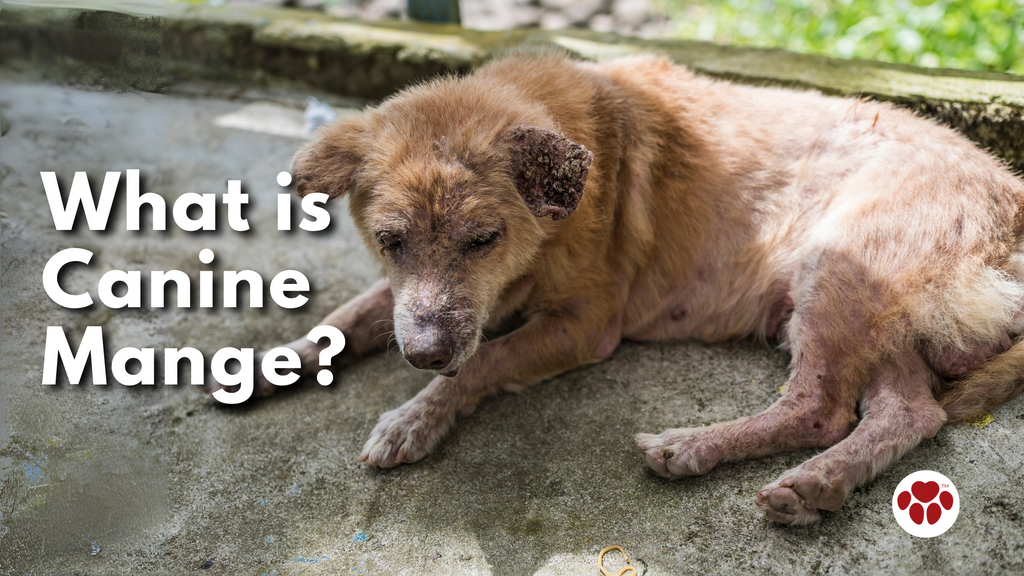
Canine mange is a common skin condition in dogs caused by microscopic mites. These mites burrow into the dog's skin, causing intense itching, hair loss, and skin irritation. The mites can easily spread from one dog to another through direct contact, making it important to address the condition promptly.
There are two main types of canine mange: sarcoptic mange and demodectic mange (Curtis, 2014). Sarcoptic mange, also known as scabies, is caused by Sarcoptes scabiei mites, while demodectic mange, also known as red mange, is caused by Demodex mites. Both types can cause discomfort and distress for your dog, but the treatment approaches may differ.
Canine mange is caused by infestation with mites, which are microscopic parasites (Dryden, 2022). These mites can be transferred from one dog to another through close contact, such as during play or sharing bedding. Dogs with weakened immune systems or underlying health conditions are more susceptible to mange infestations.
The symptoms of canine mange can vary depending on the type of mite infestation. Common signs include intense itching, hair loss, redness, and skin irritation. Your dog may scratch excessively and develop scabs or sores on their skin. If left untreated, mange can lead to secondary infections and further complications.
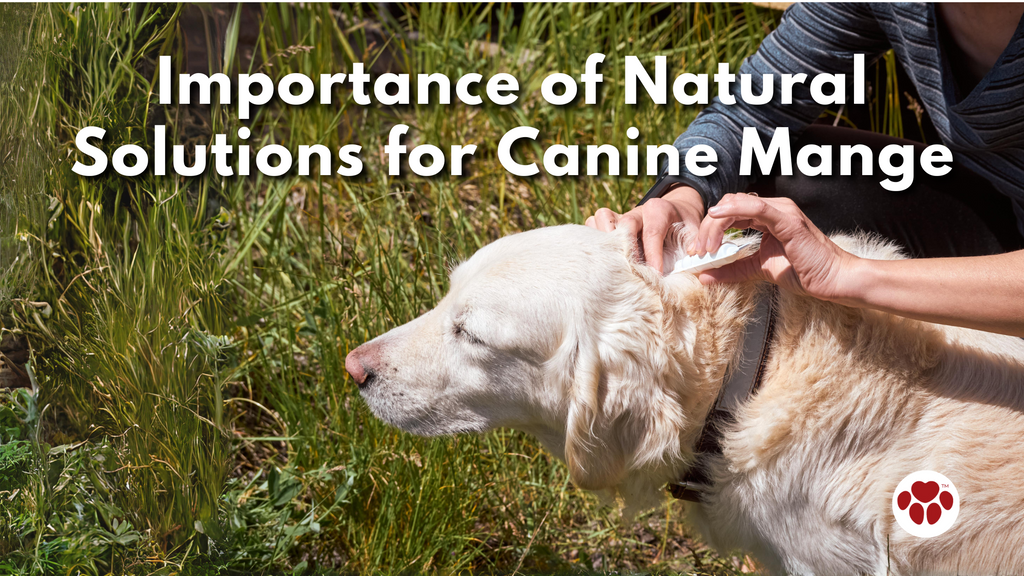
When it comes to treating canine mange, many pet owners are turning to natural remedies as an alternative to traditional treatments that may involve harsh chemicals. Natural solutions offer several benefits, including being safe, gentle, and effective in managing mange without causing further harm to your dog's health.
Using natural remedies can help soothe your dog's irritated skin, reduce itching, and promote the growth of a healthy coat. Additionally, herbal creams are “fast-acting safe alternative to conventional therapy for symptomatic treatment of canine localized dermatitis with pruritus,” according to the study by Reichling, et al titled “Topical tea tree oil effective in canine localized pruritic dermatitis--a multi-centre randomized double-blind controlled clinical trial in the veterinary practice,” 2004. By opting for natural solutions, you can provide your furry friend with relief from mange while minimizing the risk of adverse reactions.

Apple cider vinegar (ACV) has natural antimicrobial properties that can help eliminate mites and soothe your dog's skin. ACV inhibits bacteria by “eliminating the expression of several proteins and enzymes that are crucial in bacterial growth,” according to the study of Danupoyo, et al titled “Apple Cider Vinegar Potential as an Adjuvant Therapy Breakthrough against Antibiotic Resistant Bacteria,” 2022.
Dilute apple cider vinegar with water and apply it directly to the affected areas using a clean cloth or cotton ball. Allow it to air dry. Repeat this process daily until the mange is under control.

Virgin Coconut oil (VCO) is known for its moisturizing and healing properties. Apply a thin layer of coconut oil to your dog's skin, focusing on the affected areas. The oil will help soothe itching and promote skin healing. Varma, et al “demonstrated the anti-inflammatory activity of VCO by suppressing inflammatory markers and protecting the skin by enhancing skin barrier function,” in their study titled “In vitro anti-inflammatory and skin protective properties of Virgin coconut oil,” 2018.
It can also suffocate the mites, preventing them from further infestation. Repeat this treatment every few days. The separate studies by Suresha and Sadhwini in 2020 and Zahran et al in 2023 showed that coconut oil can significantly decrease demodectic and sarcoptic mite infestation, respectively.
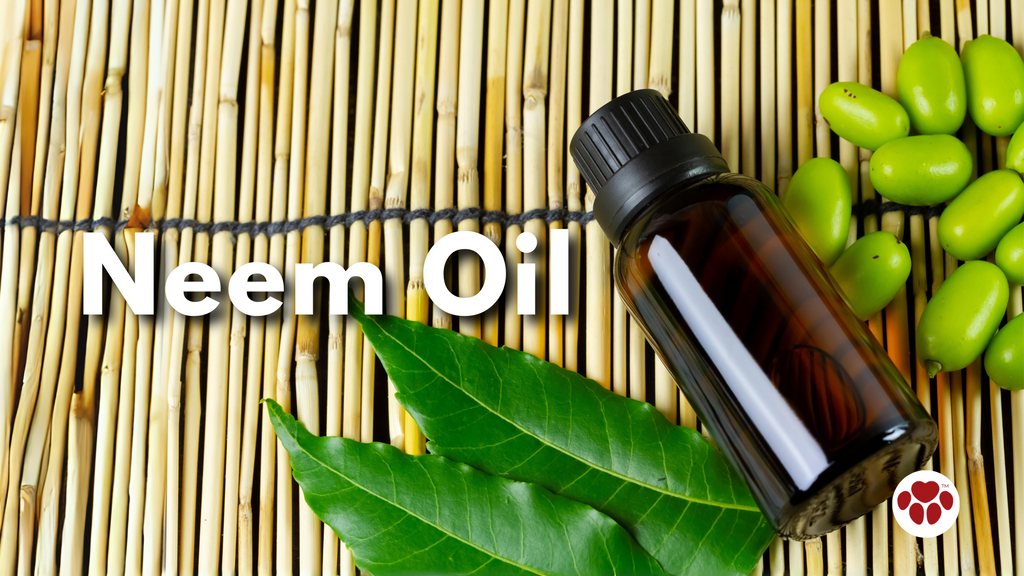
Neem oil is a natural insecticide and antifungal agent “by modulating multiple cell signaling pathways of their structurally diverse constituents such as limonoids,” according to the study by Gupta, et al titled “Neem (Azadirachta indica): An indian traditional panacea with modern molecular basis,” 2017.
Mix a few drops of neem oil with a carrier oil, such as olive oil or coconut oil, and apply it to your dog's skin. Neem oil can help kill mites (Abdel-Ghaffar, et al, 2008) and reduce inflammation. Use caution when using neem oil, as it has a strong smell that some dogs may find unpleasant.
Certain essential oils have been found to be effective in managing canine mange (Reichling, et al, 2004). However, it's important to note that essential oils should always be diluted before use, as they can be too potent for dogs. Here are a few essential oils that can help alleviate mange symptoms:
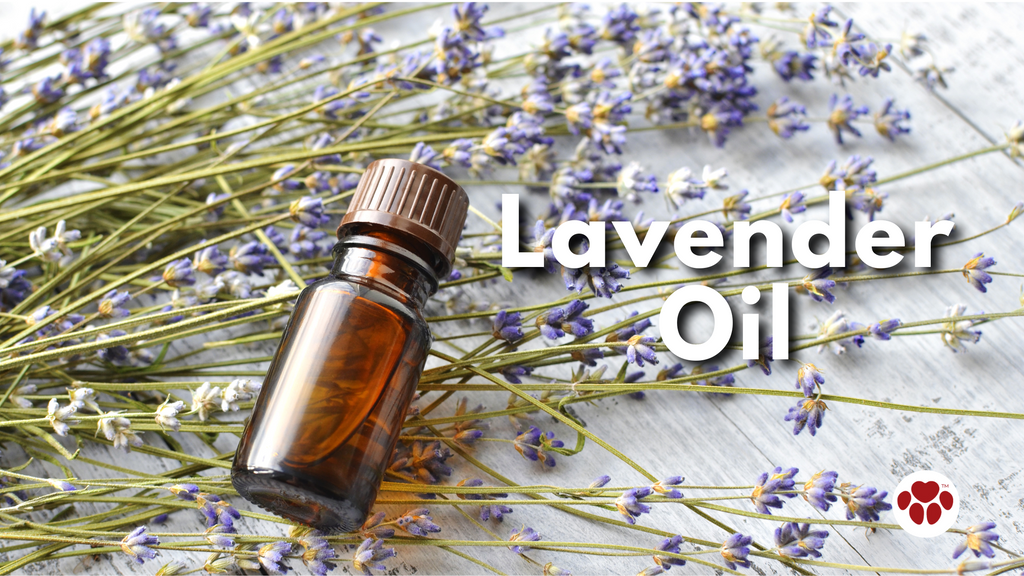
Lavender oil has soothing properties that can help relieve itching and promote relaxation. “Lavender oil and its major components linalool and linalyl acetate effectively reduce psoriasis-like skin inflammation, providing scientific evidence for topical application,” according to the study by Rai, et al titled “Anti-psoriatic effect of Lavandula angustifolia essential oil and its major components linalool and linalyl acetate,” 2020. Dilute a few drops of lavender oil in a carrier oil and apply it to your dog's skin. This can provide relief from itching and help prevent further irritation.

Tea tree oil has antimicrobial and anti-inflammatory properties that can help kill mites and reduce skin inflammation. The “antimicrobial and antipruriginous effects of tea tree oil make it an effective and safe alternative for treating chronic dermatitis in dogs,” according to the study by Fitzi, et al titled “Phytotherapy of chronic dermatitis and pruritus of dogs with a topical preparation containing tea tree oil (Bogaskin),” 2002.
Dilute a few drops of tea tree oil in a carrier oil and apply it to the affected areas. Be cautious when using tea tree oil, as it can be toxic if ingested by dogs.
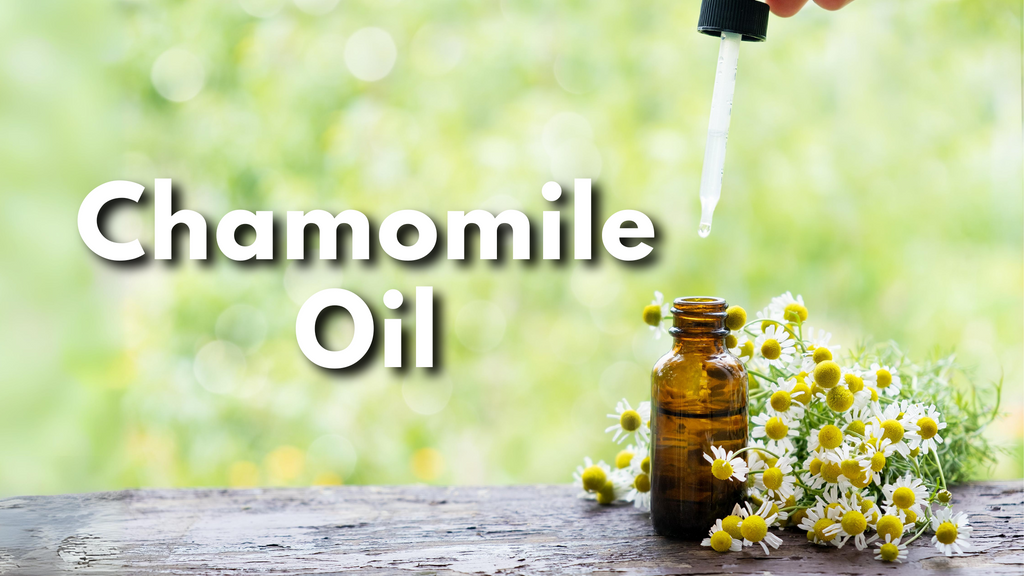
Chamomile oil has calming and anti-inflammatory properties that can help soothe your dog's irritated skin. Chamomile has “anti-inflammatory and other beneficial effects on healthy canine skin,” according to the study by Tresch, et al titled “Medicinal plants as therapeutic options for topical treatment in canine dermatology? A systematic review,” 2019.
Dilute a few drops of chamomile oil in a carrier oil and apply it to the affected areas. This can help reduce itching and promote skin healing.

CBD oil, derived from the hemp plant, has gained popularity for its potential therapeutic benefits in managing various health conditions in dogs. When it comes to mange, CBD oil, such as CBD Happy-Furever™ Oil, can help alleviate itching, reduce inflammation, and promote skin healing.
The healing effect of CBD Oil “effectively reduces pruritic behavior in dogs with canine atopic dermatitis when ingested twice a day,” according to the study by Mogi et al titled “Effects of cannabidiol without delta-9-tetrahydrocannabinol on canine atopic dermatitis: A retrospective assessment of 8 cases,” 2002.
CBD oil can be administered orally or applied topically to the affected areas. It's important to consult with your veterinarian to determine the appropriate dosage and method of administration for your dog. CBD oil is generally safe for dogs, but it's crucial to ensure you're using a high-quality product specifically formulated for pets.
Herbal remedies can provide additional support in managing canine mange. Here are a few herbs that have been traditionally used for their anti-inflammatory and antimicrobial properties:
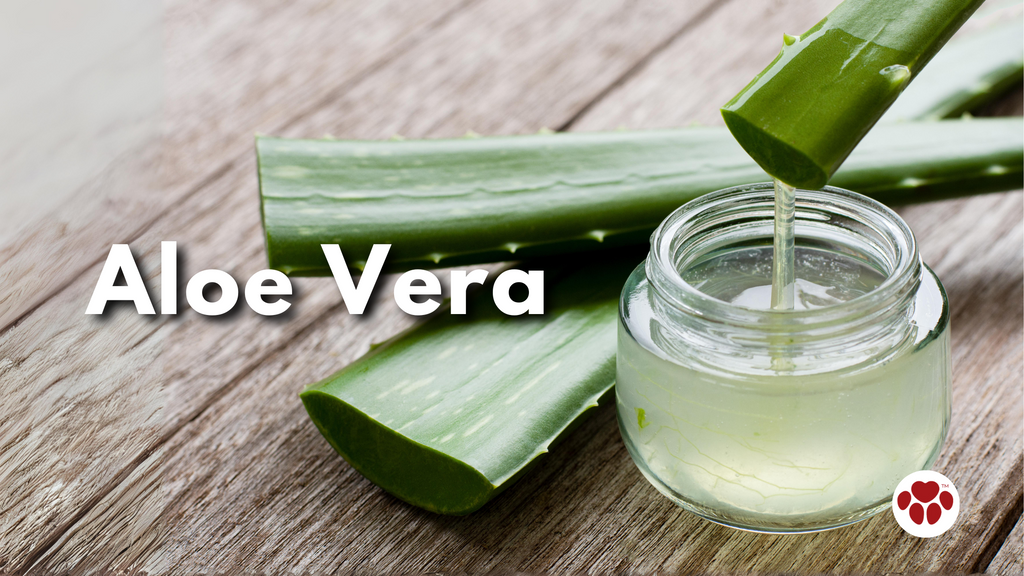
Aloe vera gel can help soothe your dog's irritated skin and promote healing. The 2020 study of Kamr, et al titled “Aloe vera gel ointment on staphylococcal pyoderma in dogs,” concluded that “Aloe vera gel ointment shows greater therapeutic efficacy, antibacterial, and anti-inflammatory effects than gentamicin for treating dogs' staphylococcal pyoderma compared to antibiotics.”
Apply a thin layer of aloe vera gel to the affected areas and allow it to dry. You can also mix aloe vera gel with coconut oil for added moisturizing benefits.

Calendula is known for its anti-inflammatory and wound-healing properties. “Calendula officinalis (Marigold) has antibacterial and antifungal effects, and is a promising candidate for treating dermatologic diseases in dogs,” according to the study of Tresch, et al, titled “Medicinal plants as therapeutic options for topical treatment in canine dermatology? A systematic review,” 2019. You can apply calendula ointment or cream to the affected areas to help reduce inflammation and promote skin healing.

Echinacea is an immune-boosting herb that can help support your dog's immune system in fighting off mite infestations. “Oral administration of Echinacea hydroethanolic extract significantly improves the dog's immune system, with positive effects observed in blood tests,” according to the study of Torkan, Khamesipour, and Katsande, titled “Evaluating the effect of oral administration of Echinacea hydroethanolic extract on the immune system in dog,” 2015.
You can give your dog echinacea supplements or use echinacea as a topical rinse by steeping the herb in water and applying it to the affected areas.
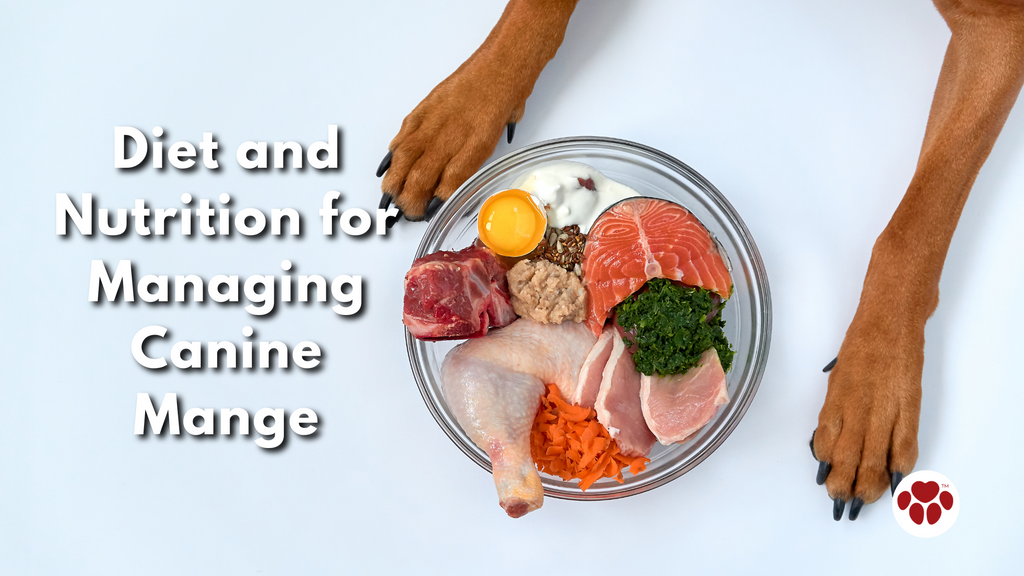
Proper nutrition plays a crucial role in maintaining your dog's overall health, including their skin and coat. A balanced diet rich in essential nutrients can support your dog's immune system and help manage mange. Here are a few dietary considerations for dogs with mange:
Omega-3 fatty acids, found in fish oil, can help reduce inflammation and promote a healthy coat. Add a fish oil supplement to your dog's diet or include fatty fish, such as salmon or sardines, in their meals.
Protein is essential for skin and coat health. Ensure your dog's diet includes high-quality sources of protein, such as lean meats or fish.
Antioxidants, found in fruits and vegetables, can help support your dog's immune system. Include a variety of fruits and vegetables in your dog's diet to provide them with essential vitamins and minerals.

Preventing mange infestations in dogs is crucial for their overall well-being. Here are a few preventive measures you can take:
Regularly grooming your dog can help detect and prevent mange infestations. Brushing your dog's fur can help remove any debris that may be present.
Regularly clean your dog's bedding and living areas to minimize the risk of mite infestations. Wash bedding in hot water and use a pet-safe disinfectant to clean their living spaces.
If you suspect a dog has mange, avoid direct contact with them to prevent the spread of mites. Be cautious when introducing your dog to new dogs and ensure they are up to date on their preventive treatments.
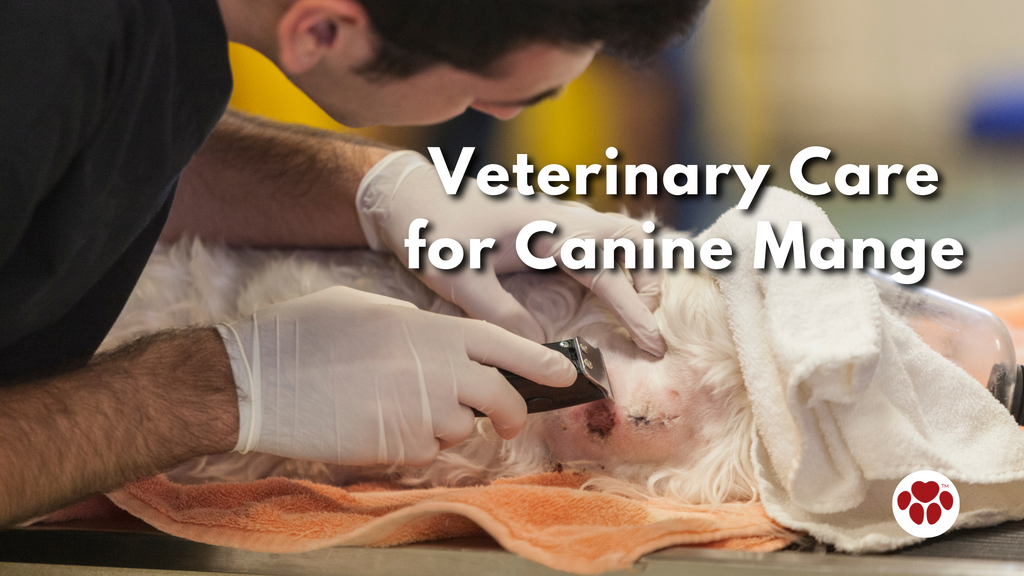
While natural remedies can be effective in managing mange, some instances necessitates veterinary care. If your dog's condition worsens, they develop secondary infections, or if the natural remedies aren't providing relief, it's important to consult with your veterinarian.
Your veterinarian can provide a proper diagnosis, recommend appropriate treatments, and offer guidance on managing the condition. They may prescribe medicated shampoos, topical treatments, or oral medications to help control the mite infestation and alleviate your dog's symptoms.
In conclusion, canine mange can be effectively managed using natural remedies that are safe and gentle for your furry friend. By incorporating homemade solutions, essential oils, herbal remedies, and a balanced diet into your dog's routine, you can help restore their healthy coat and provide them with relief from itching and irritation. Remember to consult with your veterinarian for proper diagnosis and guidance. With dedication and care, you can support your dog's skin and coat health, and help them overcome mange.
